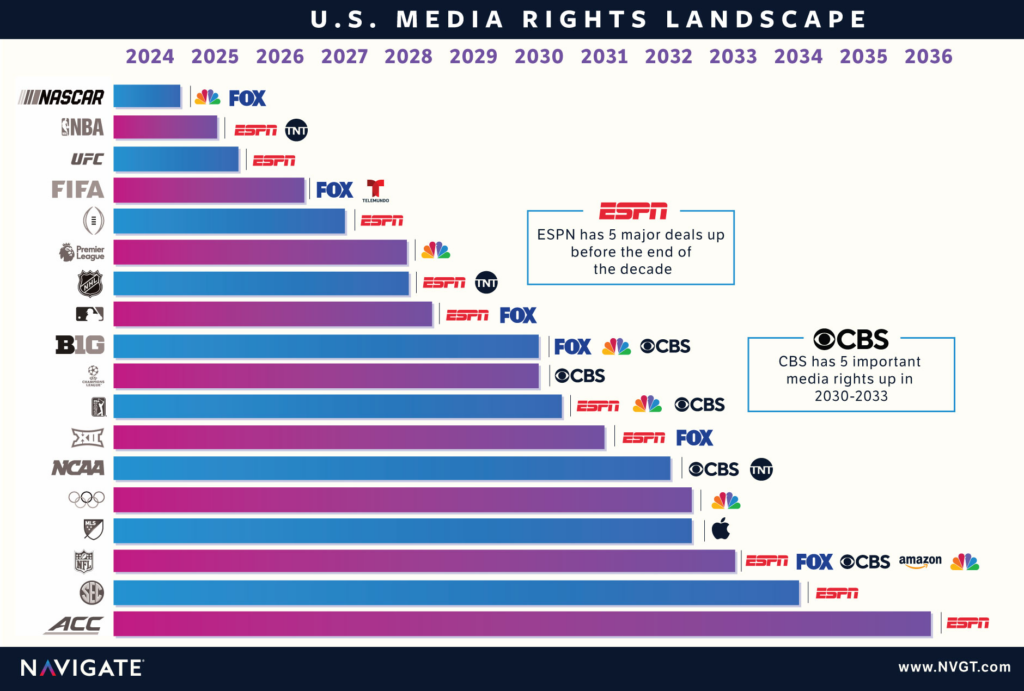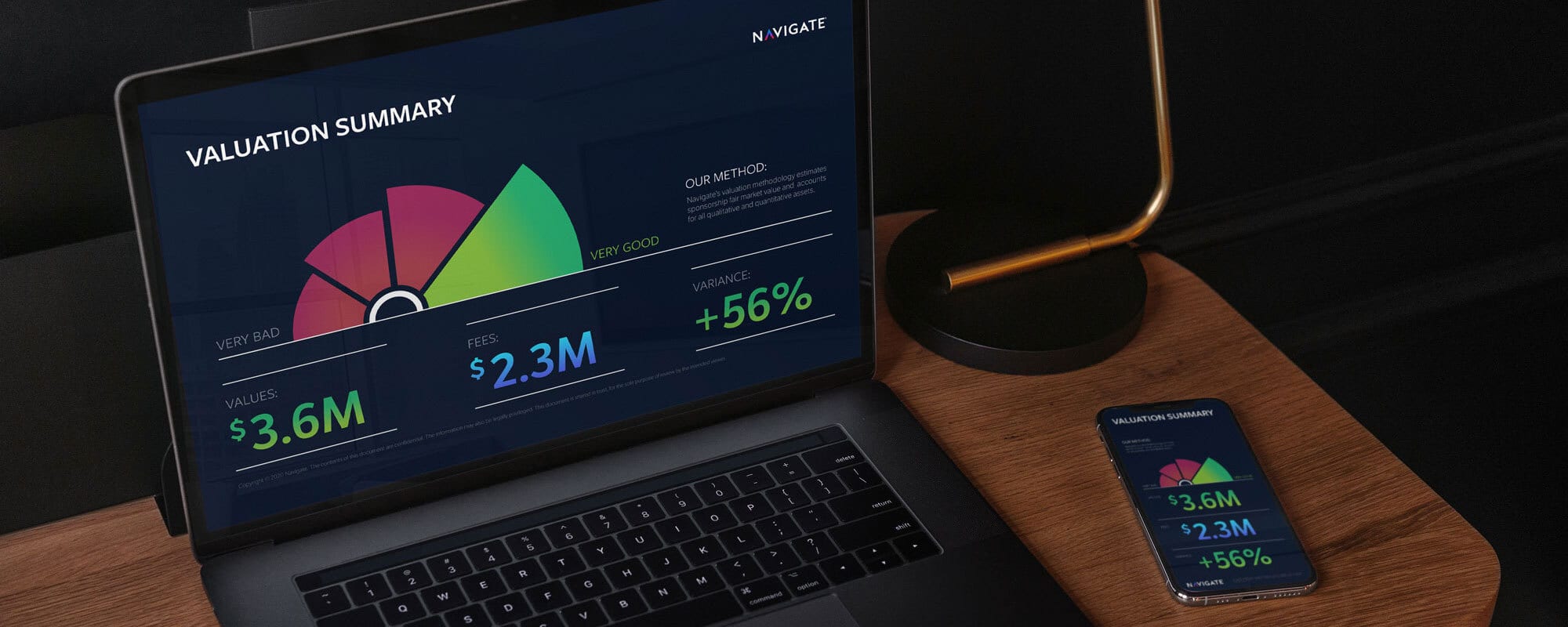
Steer Clear of the “Cow Path” in Research
A cow is left in a field and knows its only chance for survival is water. With no prior knowledge of the best route to find it, the cow eventually finds a path that leads to an abundant source of water. The next time the cow’s life is threatened with no source of water, it chooses the same path, not because it is the best or most efficient route, but because it worked the first time.
If a brand is tasked with measuring its year over year performance, or a property needs to understand the impact of a multi-year sponsorship, it will most likely execute the same research process that was used in years’ prior. Not because it is still the best way to address its business objectives, but because the research provided some useful information the first time.
On one hand, incorporating research into the decision making process is a huge step in the right direction. That said, in the commitment to ongoing measurement and research, it’s easy to lose sight of the reason the research was designed in the first place. Just because a study generates data and information, doesn’t make it useful research. Strong research answers a particular need or problem. Actionable research evolves beyond stats and data tables; it creates insight driven direction and growth.
So how does one avoid the ‘cow path’ pitfall and only invest in research that is relevant and purposeful? Below are two keys to getting the most from your research!
1. Keep the design and analysis simple
It’s easy to get lost in the plethora of analyses and data cuts that can be added to a research study. However, the more the data is sliced and diced, the further away you get from the core analysis. By slide 100, who remembers the key insights anymore? Additionally, an overly complex design or analysis can complicate the ability to compare to future studies and create less flexibility to evolve future comparisons.
2. Use an evolving, integrative approach
Research studies should take into account the findings from prior years (or waves). Learnings from prior projects should guide the recommendations for future research. As best practices and comparable industry data become available, find ways to tie them into your research.






